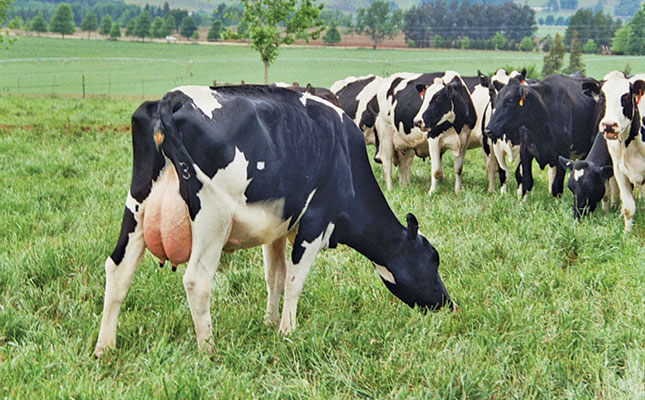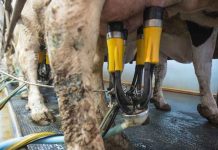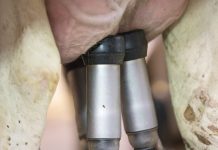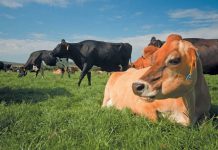Mastitis is the costliest disease in dairy production because it strikes where it pays most — the udder. It causes losses through reduction in milk production, cost of treatment and culling of genetically superior dairy animals.
The management of the disease isn’t easy and after recovery, milk production is henceforth negatively affected. Mastitis is a disease that farmers dread. But do you know that as a farmer you can create favourable conditions for this stubborn disease?
There are several factors that predispose a dairy animal to the disease, and some of these factors can be traced back to the farmer. This is important because it can greatly assist farmers to know their risky behaviours that expose their precious animals to mastitis.
Human risk factors associated with mastitis will lead to udder infections within and across dairy animals on a farm.
This occurs when milk already in the teat cistern is not expressed out completely. Naturally, the teat openings are normally sealed by a waxy substance. However, sometimes this barrier maybe be compromised and it can let in mastitis causing pathogens otherwise called mastinogens (mostly bacteria and fungi). Remember just like milk supports growth of calves so is it a good growth medium for bacteria; and this is how incomplete milking causes mastitis.
Mastinogens will use the milk left behind to multiply and launch an attack on the udder tissue effectively causing mastitis. Incomplete milking is a common problem in most farmers whether using machines or hand milking. Milking an animal twice helps to drain milk from the udder and thus reduces risk of mastitis.
Poor hand milking technique
Where hand milking is practised, apart from resulting in incomplete milking it can also inflict injuries to the teat and predispose a cow to the disease. Many farmers milk cows improperly by pulling the teat down instead of the recommended gentle squeezing using all the fingers.
The act of pulling the teats is not pleasurable and can easily cause undesirable stress during milking. Such stress can lock the flow of oxytocin (the milk let down hormone) and subsequently retaining of milk which is another predisposing factor in mastitis. Pulling also results in teat injury which further makes the animal to withhold milk.
High hygiene standards
The person doing the milking must thoroughly wash their hands before milking. The udder should also be cleaned with clean and warm water and dried well. Don’t share the drying rags across animals and make sure the rags are washed and dried after use.
When these simple hygiene steps aren’t followed, chances of introducing disease causing microorganisms into the udder are greatly increased. Staphylococcal and streptococcal mastitis are among the most common and stubborn bacterial mastitis infections and are mainly spread through human hands during milking.
This underscores the importance of hygiene especially at milking. When an animal is infected with mastitis, it should be milked last to minimise spread of the disease across animals.
Dirty cow shade
Pathogens that cause mastitis can be picked from the environment, especially where animals are kept in dirty shades.
To keep mastitis at bay keep your animals in clean shades.
When animals are kept in squalid conditions with teats getting soiled they can easily get infected with the disease.
Type of beddings
This is very important. Or:ganic materials for example green vegetation that easily rot can be good for bacterial nutrition and hence multiplication. Straw and saw dust are the best as they have been shown not to support bacterial growth. Wet or rotting bedding support mastinogens growth, fungal mastitis is common in environments with mouldy feeds.





